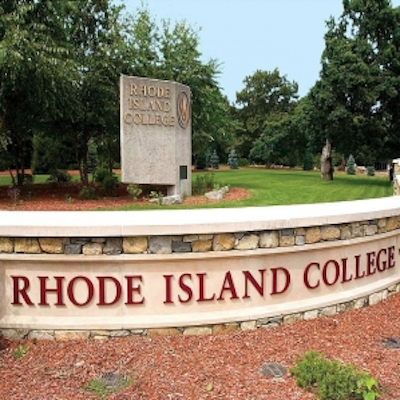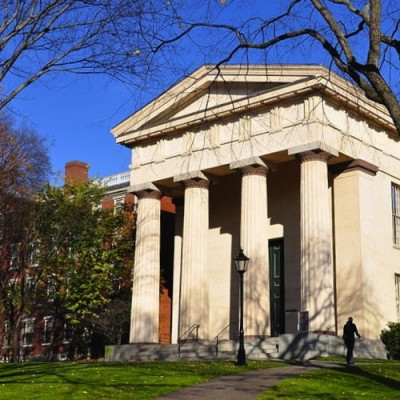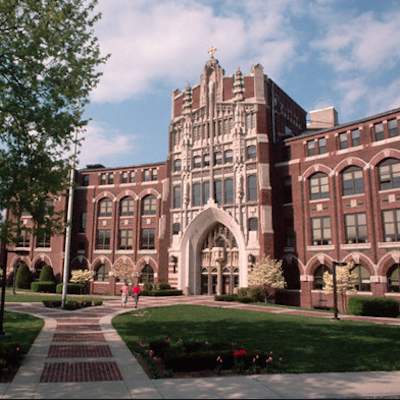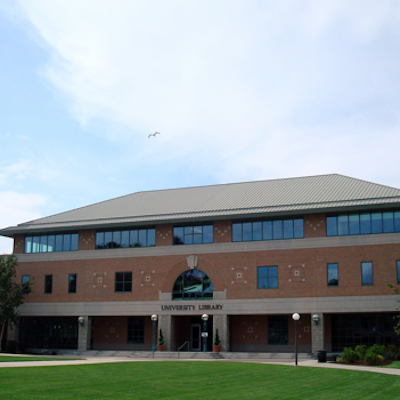College Admissions: Handling Early Admission Rejection
Monday, November 28, 2016
It's not what you want to see but it just might arrive--how to handle early decision rejections as well as deferrals
For Deferred Students
While this is disappointing, it is important to remember that a deferral is NOT a rejection. It is a good idea to show your continued interest in a few ways now:
- Forward updates to colleges when you receive awards, team captain titles, have something published, etc.
- If a college is you first choice, write a nice note to admissions saying that you were disappointed, but that if you are accepted in the spring, you will attend. This assures the college that you are "yield-able" which is important.
- Make sure that your guidance office sends new grades when they come out.
- If you have any new SAT or ACT scores, make sure that you have them sent from the CollegeBoard or ACT as soon as they are available.
For Rejected Students
Handling rejection is never easy. It’s understandable if a student is sad for a few days, but lingering in despair for longer than that is not a good idea. It’s time to focus on the positive, and reassess your strategy. First, post every acceptance you have received on the fridge or somewhere visible. Then, go online and find 3 things that you like, but didn't know about each college where you were accepted. It helps reinforce the positive and keeps you from getting bogged down in the negative.
GET THE LATEST BREAKING NEWS HERE -- SIGN UP FOR GOLOCAL FREE DAILY EBLASTSecond, take a hard look at your college list and regular decision schools. If you have Naviance at your school, review scattergrams and make sure that you are looking at schools where students in your academic range have been accepted in past years. If you don’t have access to scattergams, speak with your guidance counselor or invest in a private college advisor to make sure that your choices are realistic. Books and Web sites that list average GPAs and SAT ranges can be very deceiving, especially for elite schools. I don’t recommend that you use those to gauge your chances. Then, if you discover that you have been shooting too high, it’s time to add some additional backup and reasonable schools to you list. File those apps over your holiday vacation, and make sure that you don’t miss January 1 deadlines.
Remember this
It’s important to remember that very few students get accepted to ALL their colleges. It is a hard part of the process to be rejected from your top choice college, but often one that ends up being a winning path in life. Many famous people, including news anchors, business moguls and Nobel Laureates were rejected from their first choice college. The Wall St. Journal ran a wonderful piece a few years ago that chronicled several, all of whom attributed their success to where they ended up in college.
Wherever you end up in college, you alone have the power to determine your own happiness and your own success. Going to a big name college is not a guaranteed meal ticket today—in any way shape or form. You can get a great education at most colleges and universities in the U.S. if you seek out the best courses, professors and internships--- and if you are driven to succeed!
Cristiana Quinn, M.Ed. is the founder of College Admission Advisors, LLC which provides strategic, individual counseling for college-bound students. www.collegeadvisorsonline.com
Related Slideshow: RI 4 Year Colleges & Universities with the Highest Student Debt
Seven in 10 college seniors (71%) who graduated last year had student loan debt, with an average of $29,400 per borrower, according to a new report released by the Institute for College Access and Success. According to the Institute’s Project on Student Debt, Rhode Island has the fifth highest student debt in the country, but what about the state's individual institutions? Check out the slides below to see the average debt graduates accrued at Rhode Island colleges and universities.
Note: All data is based on four-year or above institutions for students graduating in the 2011-2012 academic year. Johnson and Wales University and the Rhode Island School of Design are not included in the data below, because they did not report the average debt of their graduates.
Related Articles
- College Admissions: 10 Extra-Curriculars Colleges Want To See
- College Admissions: 5 Reasons To Take The ACT Exam
- College Admissions: 5 Reasons Not To Attend Your Stretch College
- College Admissions: 5 Majors You Need to Choose Before You Apply
- College Admissions: 4 Ways To Avoid Rejection Of Your Application
- College Admissions: 4 Tips For Overcoming ‘College Phobia’
- College Admissions: 4 Things To Do While Waiting For Early Admissions
- College Admissions: 4 New England College Visit Road Trips
- College Admissions: 4 Elite Honors Programs in the East
- College Admissions: Handling Early Admission Rejection
- College Admissions: 2014-2015 Common App Release
- College Admissions: 6 Tips for Adjusting to College Life
- College Admissions: 6 Things To Do Before School Starts
- College Admissions: 4 Must Know Early Admission Terms
- College Admissions: 6 Ways To Ace The College Interview
- College Admissions: 5 Things Rising Seniors Need To Do This Summer
- College Admissions: The ACT Announces Changes for 2016
- College Admissions: 7 Things Your College Counselor Won’t Tell You
- College Admissions: The Real Danger in Being a High School Athlete
- College Admissions: 10 Western Colleges Worth the Trip This Summer
- College Admissions: 8 Things They Won’t Tell You in Freshman Orientation
- College Admissions: 5 Majors You Need to Choose Before You Apply
- College Admissions: 3 Ways to Build Application Credentials
- College Admissions: Top 10 College Admissions Websites
















